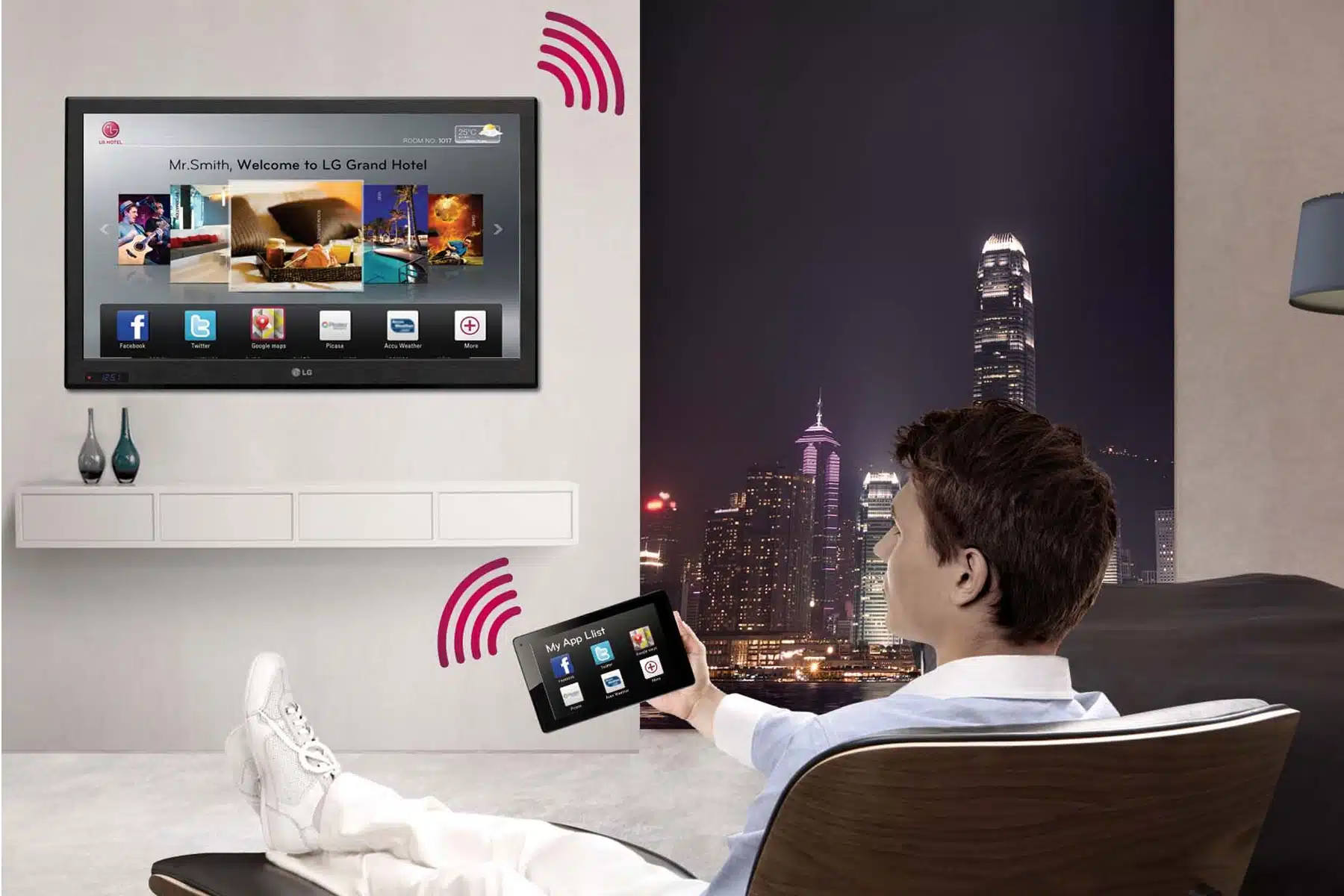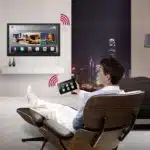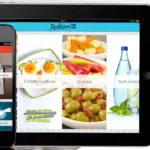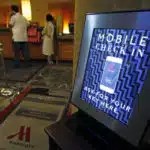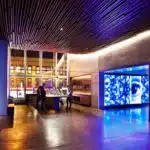The popularity of Airbnb with Millennials has been well-documented, causing the hotel industry to rethink how it appeals to this travel-loving generation.

In addition, a number of chains have started investing more heavily in technology and digital connectivity – desirable features intended to win the hearts of younger travellers.
The following list represents 5 technological trends that hotels are embracing to cater to this tech-savvy generation.
1. Seamless Wi-Fi 
Offering free Wi-Fi is kind of expected these days. But Millennials don’t want to be restricted to only having access in their rooms.
They want the ability to Skype family from the lobby, check emails by the pool, or share a picture of the amazing dish from your restaurant on their Instagram feed.
In short, Millennials expect to be able to access the net anywhere, anytime. So providing seamless connectivity instantly ticks a big box for this generation.

While travelling, 75% of Millennials publish social content at least once a day, so it makes sense to make it easy for them to share photos and posts when they’re relaxing and enjoying time around your property.
2. In-Room Integrations
It’s second nature for Millennials to take their own technology on holiday with them, so hotels need to make it easy for them to use their own devices at any point.
The ability to connect smartphones and tablets to in-room technology is becoming a service travellers increasingly expect to find.
Bluetooth wireless sound systems are a particularly welcome perk, enabling guests to stream their own playlist while enjoying an enhanced audio experience.
Users are also being given the ability to interface their devices with hotel Smart TVs toorder amenities and request guest services.
And with advanced media hubs, personal smartphones and tablets can be hooked up to the big screen, enabling guests to surf the net, check emails, or stream their own video content while lounging in bed.
3. Ordering Room Service With Smartphone Apps 
While calling up for room service is by no means a big effort, hotel smartphone apps are providing a streamlined way for guests to communicate with the front desk.
Several brands have invested in their own dedicated apps, including Ritz-Carlton. As well as offering mobile check-in/check-out, Ritz-Carlton’s enhanced app allows guests to request everything from fresh towels to a turndown service.
According to a global report by Oracle Hospitality, being able to order room service in this way is something Millennials are likely to appreciate.
In a survey of over 9,000 individuals within this demographic, only 12% said they’d requested room service via their smartphone. But significantly, when asked how technology could enhance their stay, room service came out as the number one request.
4. Automated Check-in
For some time now, airports have offered travellers the ability to bypass the booking desk for automated check-in. But hotels haven’t been so quick to offer similar flexibility.
For many travellers, being welcomed by a member of staff at check-in will always be preferable to an automated service. But this is less true of Millennials: 36% prefer automated kiosksminus staff interaction, compared to just 19% of older generations.
When guests arrive at the Hyatt Union Square, New York, they’re given 3 different options to check-in: at the front desk, using a check-in kiosk, or via an iPad with staff.
This approach certainly has benefits, namely – choice. In order to appeal to all generations (and individual preferences) check-in kiosks may well end up becoming commonplace, but in a way that complements rather than replaces the traditional front desk.
5. Communal Areas with Tech 
When Millennials check-in to a hotel, they don’t just want to spend time in their room. They also want communal spaces to relax, socialize and work.
Many forward-thinking hotels are now utilizing technology to cater to this demand, designing lobbies and common areas that guests can happily spend several hours in.
A case in point is Moxy – a brand launched by Marriott aimed primarily at Millennial travellers. Their cosy, stripped back lobbies offer plug-ins for personal devices, “furiously fast” Wi-Fi, and something called “The Guestbook”, which allows guests to post images to Instagram in real time.
It represents a model that many hotels may look to follow.
In the past, guests might have left the hotel in favour of hanging out in the nearest coffee shop or co-working outlet. But through creating social spaces with technology at their heart, guests are far more likely to stay on-property when everything they need is close to hand.
In Conclusion
Technology is playing an increasingly central role in the travel experience, especially with Millennials.
Having sophisticated in-room entertainment, access to multiple power outlets and experiencing seamless digital connectivity: these are all becoming hardwired expectations of a tech-savvy generation.
As such, hotels must continue to embrace technological innovation and consider it as something not optional but essential to the modern guest experience.

